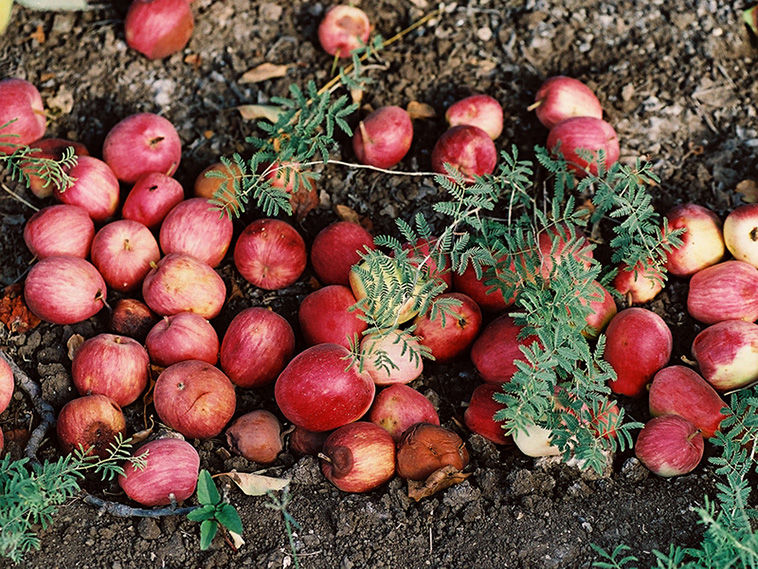Simple Tips to Include More Plants in Your Diet
- Nichole Dandrea-Russert
- Sep 25, 2019
- 3 min read
Updated: May 30, 2022

Plant-based is an all-inclusive term that may include those who are fully plant-based, mostly plant-based, or making small changes towards a plant-based or plant-forward diet.
Science has shown us that there are many health benefits to transitioning from meat and dairy to a plant-based diet. Any plant-based additions in exchange for meat and dairy can have a positive effect on health. A plant-based diet is one that centers around whole, unprocessed foods such as whole grains, legumes, nuts, seeds, fruits and vegetables. The goal with a plant-based or plant-forward diet is to add more whole, plant-based foods or substitute plant-based options for meat and dairy. Below are a few tips to get your started.
1. Do you already love certain plant-based foods? Awesome, you're already on the right track! Select three to five fruits, vegetables, whole grains and nuts/seeds you love and eat them throughout the week. This can include everyday foods you probably already consume, such as oatmeal, quinoa, broccoli, cauliflower, berries, bananas, almonds and more.

2. If you eat meat with every meal, start with small changes by eliminating meat during certain meals. For example, if you eat sausage for breakfast, sandwich meat during lunch, and grilled chicken for dinner try substituting a plant-based food for one meat during one of those meals. Try tofu in place of chicken, lentils in place of taco meat or one of the new plant-based meats in place of meat-based sausage (No Evil Foods and Field Roast are two of our favorite brands).

3. Stock up on plenty of fruits and vegetables. If you are busy eating fruits and vegetables, it will leave less room for excess calories from animal-based products.

4. Keep your meals exciting! Create a variety in shapes, colors, textures and consistencies for each meal. A salad or a grain bowl is a great way to practice this by having a leafy green base then adding a variety of colorful vegetables and whole grains such as quinoa, farro or wheat berries. Sprinkle some nuts or seeds on top and you'll have a high fiber, tasty and satisfying meal!

5. Make easy swaps. For example, try swapping your favorite nut butter for cream cheese on your bagel . Or swap plant-based proteins, such as tofu, tempeh or lentils for meat .

6. Read labels. If you're trying to avoid all animal products, read the nutrition label for hidden ingredients such as egg and milk that can act as binding agents in many packaged foods. (Stick to whole, unprocessed foods to maximize nutrition and avoid unwanted ingredients!)

Moving toward a plant-based diet can sometimes be best achieved when making small changes that lead to lifelong changes and long-term health. Remember, it's a journey — trying to conquer plant-based eating overnight and expecting perfection can lead to giving up before the lifestyle change is made. Let go of perfection (no one is perfect!). Be patient, treat each meal and each day as an experience and know that it's an on-going journey of learning and experimenting. Most importantly, have fun!
If you're interested in including more plant-based options in your diet, try some of these tips and let us know what worked best for you!
Want to dive further into plant-based eating?
Visit all plant-based recipes here.
Visit the blog for more plant-based articles here.
Get 5-minute plant-based dressing recipes here. (FREE!).
Book a 15-minute FREE consultation here.
Get a customized weekly meal plan with recipes and shopping lists, as well as email and texting support here ($97 a month).

Hello! My name is Caroline Williams and I am a dietetic intern in Georgia State's coordinated program. I am studying to become a registered dietitian with hopes to one day work in pediatric weight management. Weight management and choosing more plant based foods go hand in hand, so I have become increasingly interested in a plant-based lifestyle!

